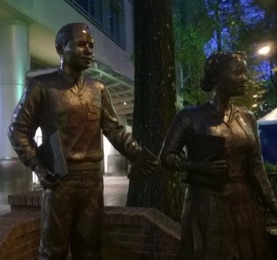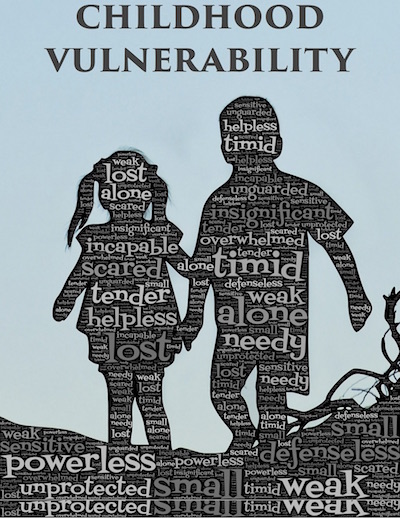by Melissa Summer Wells, Gina Crosby-Quinatoa, and Julia López-Robertson, University of South Carolina

.
Even the silence
has a story to tell you.
Just listen. Listen.
(Brown Girl Dreaming, How to Listen #7, p. 278)
.
We have enjoyed inviting you into the journeys of Enrique and Jaqueline as they made difficult choices, Continue reading




